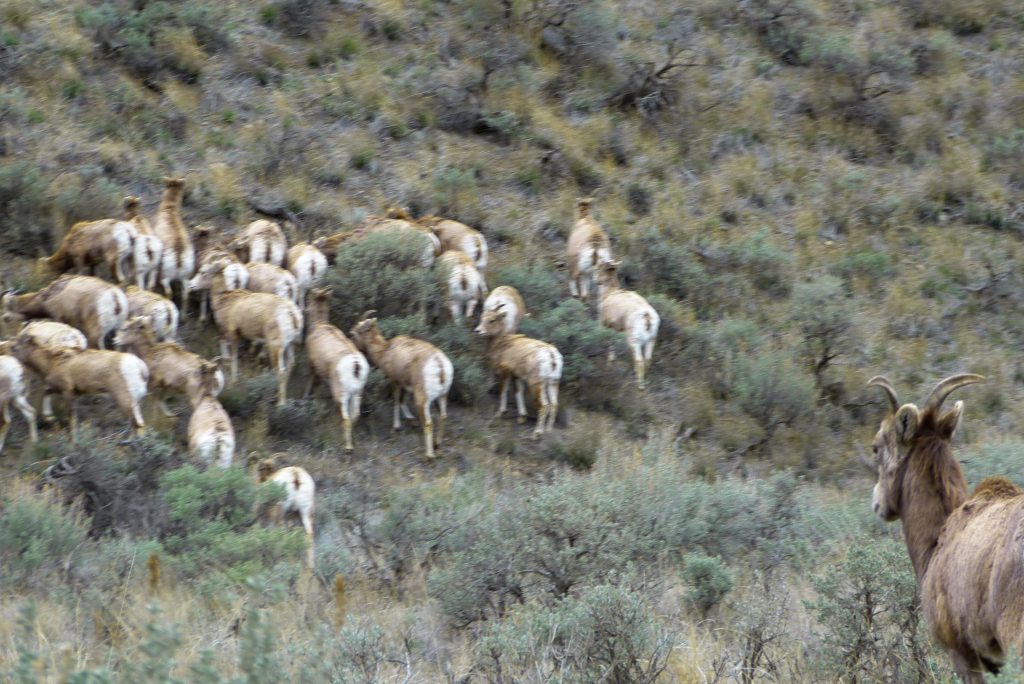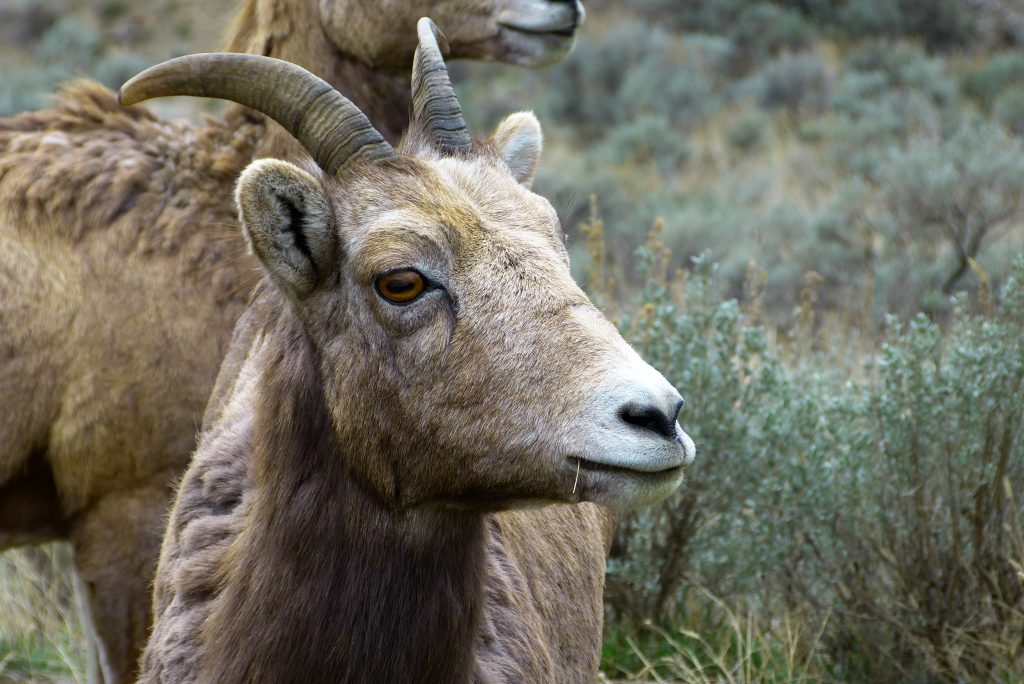
A photo I captured of the Bighorn Sheep in Kamloops. Both California and Rocky Mountain Bighorns are considered vulnerable and “at risk” in British Columbia, which means that without further protection, they are likely to become either threatened or endangered.

In British Columbia, California bighorns occupy the dry valleys and mountains of the Okanagan, South Cariboo and South Chilcotin regions. Young animals learn the location of seasonal ranges, salt licks, and escape terrain by associating with older, more experienced sheep. I think of these beautiful animals as survivors and share this information to think metaphorically about the education connection between Indigenous students.
We call upon the federal, provincial, and territorial governments, in consultation and collaboration with Survivors, Aboriginal peoples, and educators, to: 10 ii. Improving education attainment levels and success rates.
Video
(n.d.). Retrieved from https://www.youtube.com/watch?v=tswVV2YkjKA
This video highlights the impacts of gaps in Aboriginal Education and the opportunities to improve the quality of life for all Canadians. This video can be used in the grade 6 and 7 classroom to encourage the students to have courage and be proud of their identity and motivate the Indigenous students to go forward in their education. It aligns with the big ideas of Canadian institutions and government that reflect the challenge of our regional diversity. As an educator, it is my duty and responsibility to take action to improve education attainment levels and success rates for Aboriginal children (First Nations, Inuit, and Métis), which I will do in my classroom. The students will be provided with the appropriate skills, guidance, and positive encouragement to succeed through their education and this can be a tool used to help with this. They will be respected and cared for, with a deep commitment to making an impact on changing Canadian history from today’s standpoint, moving forward, for our people of Indigenous ancestry and the images shared by other students. These students will be taught through the revitalization of traditional practices with a forward-looking insight towards institutional change. I will take on my role in reconciliation in honoring and applying the First Peoples Principles throughout my teaching and the Indigenous ways of knowing, by coming through my own personal Indigenous lens. Making the current strategies and practices align with Indigenous students and helping to improve their learning while making sure that they have everything they need in the classroom to place them in the direction of triumph in closing the gap in graduation rates, attendance rates, and improving to match those of other students.
iii. Developing culturally appropriate curricula.
Website
Research Guides: Indigenous Education K-12: Lesson Plans & Pedagogies. (n.d.). Retrieved from https://guides.library.ubc.ca/c.php?g=703697&p=5003637
This website is an excellent resource as a guide to developing culturally appropriate curricula and would implement the listed recommendations of the TRC. It is a research guide from the University of British Columbia’s website. The Research Guide includes Indigenous Education K-12: Lesson Plans & Pedagogies, which I would use in my classroom for developing Indigenous pedagogies, showing featured resources to the students. There are introductory resources, lesson plans that would help in developing my own or they could be used as-is if it aligns with what is needed. The website offers curriculum development resources, resources from school districts, and local Indigenous nations. This resource offers a wealth of knowledge for developing an age-appropriate curriculum. I would often refer to this website to get ideas that would align with the BC Curriculum website. The resource also offers games, worksheets, and other classroom resources for ages 4-16 that I would use with the students.
62 i. Make age-appropriate curriculum on residential schools, Treaties, and Aboriginal peoples’ historical and contemporary contributions to Canada a mandatory education requirement for Kindergarten to Grade Twelve students.
Book
British Columbia Ministry of Education. (2006). Shared learnings: integrating Bc aboriginal content K-10. Victoria.
This book is a teacher’s guide for integrating Aboriginal content into the BC curriculum in ways that reflect Aboriginal concepts of teaching and learning. It includes content specific to grade. Although this guide only goes up to grade 10, I would still use this resource to guide my research in preparing appropriate lessons and units. This would be done by scaffolding from what is in this book to build my course designs for the other grades that are not listed, while also using the BC curriculum website to develop plans. The book would be used in the classroom to address adapting instruction to our local situations.
References
British Columbia Ministry of Education. (2006). Shared learnings: integrating Bc aboriginal content K-10. Victoria.
Gear, A., Heiden, K. van der, & Camp, R. V. (2016). Taans moons: a Haida moon story. New Westminster, British Columbia: McKellar & Martin Publishing Group Ltd.
(n.d.). Retrieved from https://www.youtube.com/watch?v=5Wk48muy4oM
Research Guides: Indigenous Education K-12: Lesson Plans & Pedagogies. (n.d.). Retrieved from https://guides.library.ubc.ca/c.php?g=703697&p=5003637